Melons have been enjoyed by people around the world for centuries, with watermelon, honeydew, and rockmelon being the most common types. The Australian melon industry is thriving, employing many individuals and contributing significantly to the country's agricultural economy. Let's delve into the key aspects of working on a melon farm in Australia, from the different melon varieties grown to the job opportunities available in the industry.
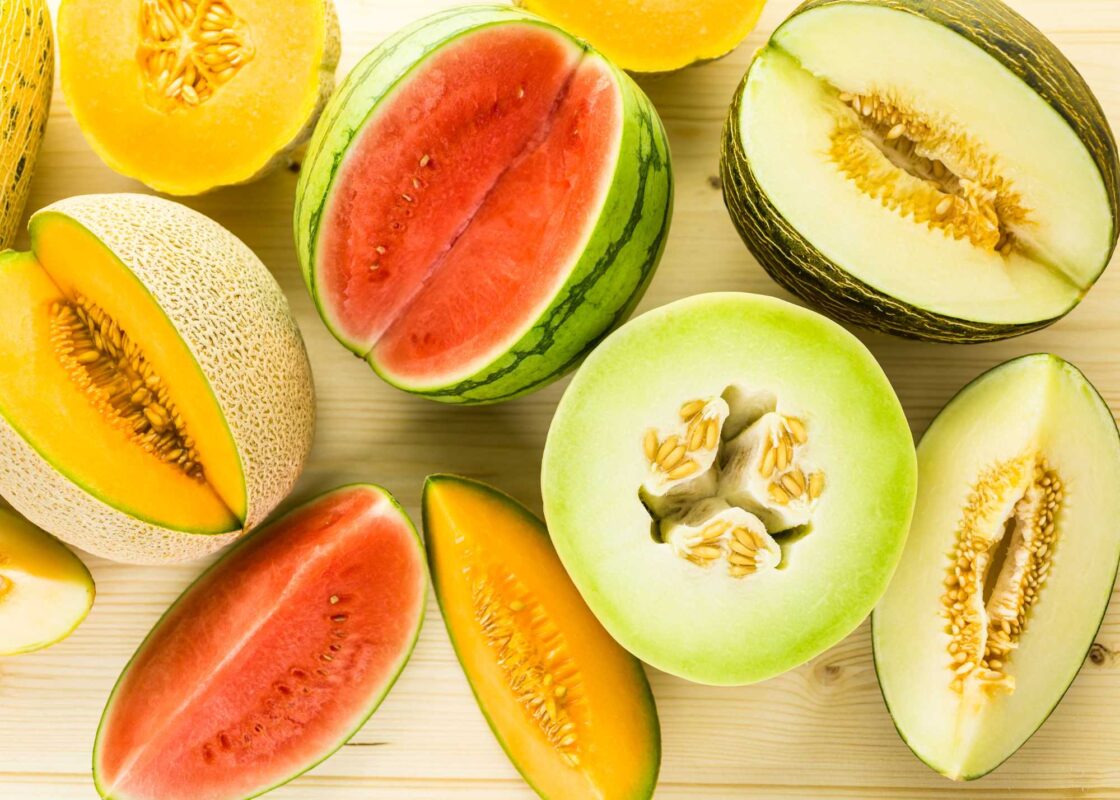
The Origins and Global Presence of Melons
Melons, native to Africa and south-western Asia, have been cultivated in Egypt since 2000 BC. Spanish settlers introduced melons to North America in the 15th and 16th centuries, and they made their way to Australia with the arrival of the First Fleet in 1788. Today, China produces a substantial portion of the world’s melons.
Australia’s Melon Industry – Overview
The Australian melon industry is comprised of approximately 140 growers. Melons are grown year-round across all Australian states and territories, except Tasmania and the ACT, with a significant portion hailing from Queensland. According to the Australian Horticulture Statistics Handbook, in the year ending June 2022, Australia produced 165,794 tonnes (t) of watermelons valued at $172.9 million. Watermelon production occurs nationwide but is predominantly concentrated in the northern states. The majority of production caters to the fresh market. Additionally, Australia exported 12,870t of melons for the year ending June 2022, with Japan, Singapore and New Zealand being the top three export markets.
Melon Varieties Grown in Australia
Melons are about 90% water, low in fat, and rich in vitamins, making them a healthy food choice. Over 20 melon types are grown in Australia, but the industry primarily focuses on three:
Watermelons

Cylindrical or round with mottled or striped green skin and a pink to red centre. Containing about 90% water and 8-12% sugar, they have dark brown seeds or are seedless. Available all year, with peak season from December to May.
Rockmelons
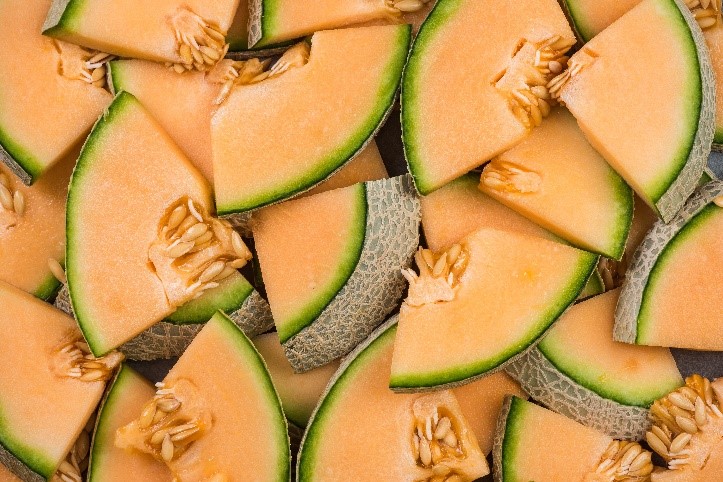
Round or slightly elongated with firm, netted or scaly, cream or buff-coloured rind and moist, sweet, orange to peach-coloured flesh. Available all year, with peak season from November to March.
Honeydews
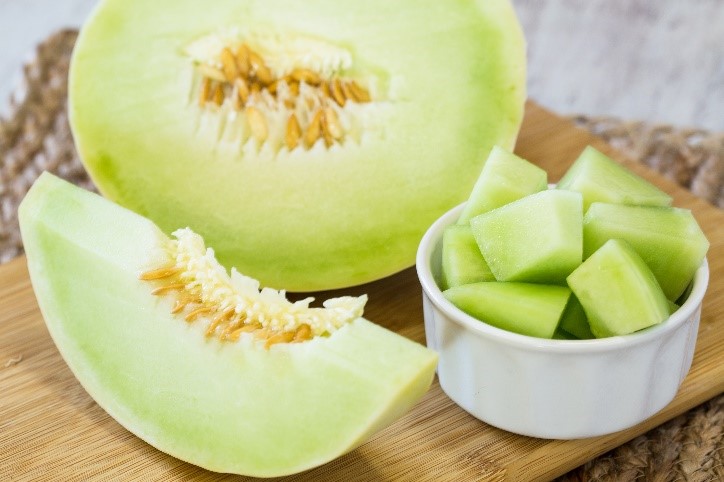
Round to slightly oval with smooth, white or gold skin and pale green to green flesh. Moist, sweet, and with seeds in the centre, they are available all year, peaking during January and February.
The Chinchilla Watermelon Festival
The Chinchilla Watermelon Festival returned in 2023 (after being disrupted by COVID in recent years) and was a vibrant and unique event celebrating Australian melon producers. Chinchilla takes pride in its biennial festival as the home of the Big Melon wedge and the event draw visitors from around the world.
The festival offers a wide range of fun, family-friendly activities, showcasing the versatility and spirit of the melon industry. The festival features a street parade, beach party, free family activities, festival feasts, farm tours, and more. This event is perfect for a unique getaway and a chance to explore the beauty of the Western Downs and the watermelon industry. The next festival is due in 2025.

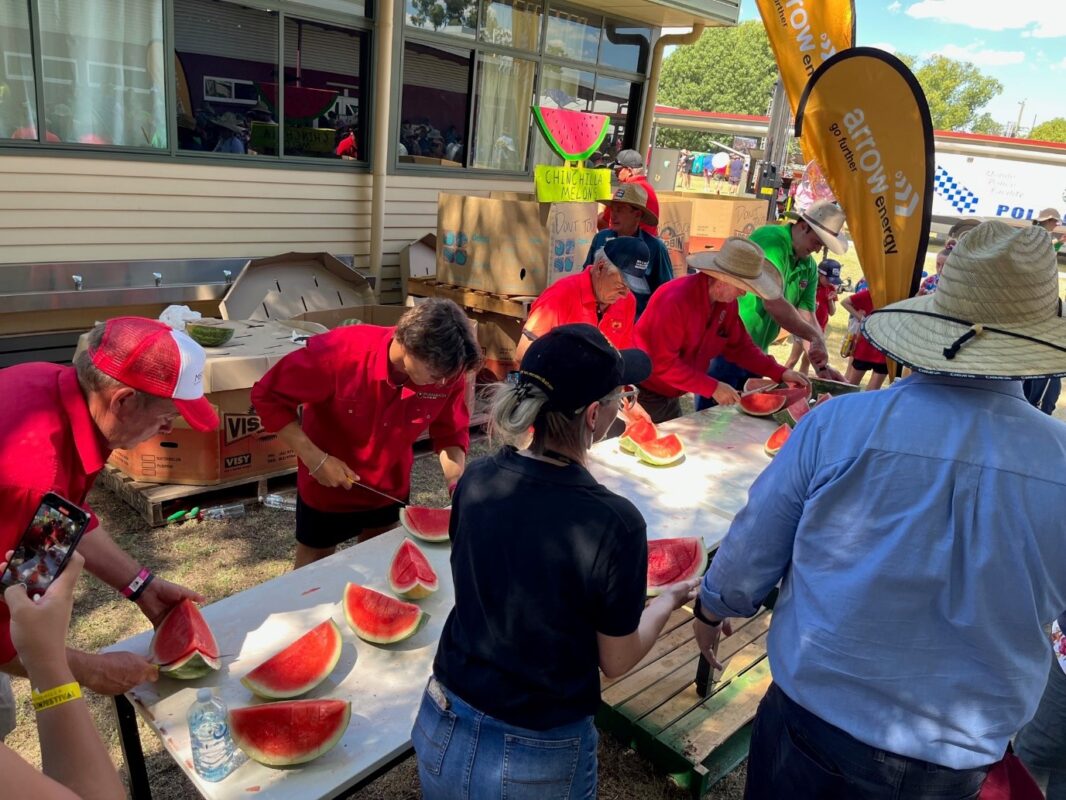
Melon Farm Jobs
Melons grow as ground vines, so picking usually involves bending and lifting. Fruit is often picked onto a conveyor, sorted on a trailer in the field, or directly into crates or bins. In the rockmelon/honeydew farming industry, packing jobs in sheds are more common and can range from 6 to 30 jobs depending on the size of the operation. However, in the watermelon industry, such jobs are relatively scarce. Permanent farm staff generally handle melon planting and ground preparation, but tractor and forklift drivers are needed during harvest.
Melons are grown year-round, with opportunities for work available at any time. However, the season varies by region, with north Queensland, the Northern Territory, and Kununurra in northern Western Australia growing through winter, while southern Queensland, New South Wales, South Australia, Victoria and southern Western Australia predominantly producing during the summer months.
Planning Ahead for Melon Harvesting Work
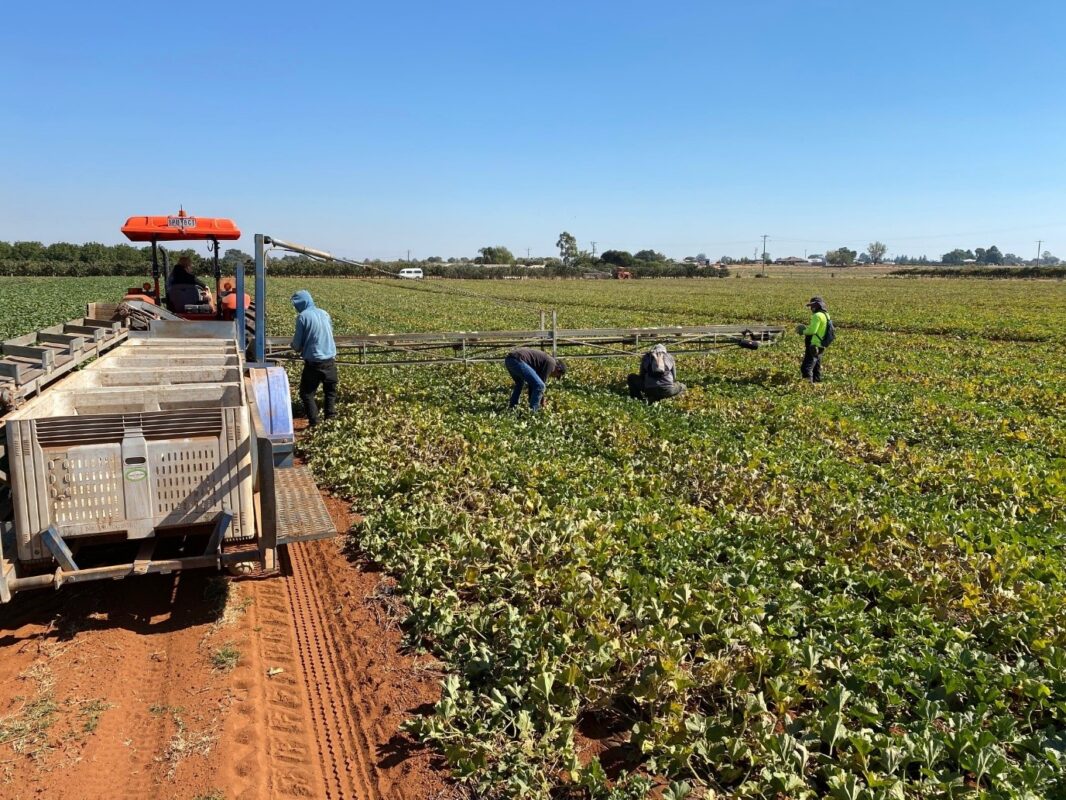
Working on a melon farm in Australia offers a unique experience within a dynamic and growing industry. By understanding the different melon varieties and the job opportunities available, you can plan ahead and immerse yourself in this fascinating horticulture sector.
To increase your chances of finding work in the melon industry, research when melons are in season in specific areas and the industry’s size in those regions.
The National Harvest Guide is a useful resource and is available to download at no cost.
The Harvest Trail Information Service is also available and is operational 8am – 8pm Monday to Friday. Call the toll-free number 1800 062 332 and speak to a friendly operator who can answer all your melon related questions.
